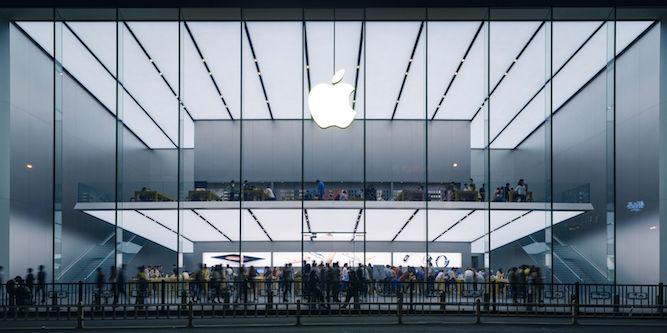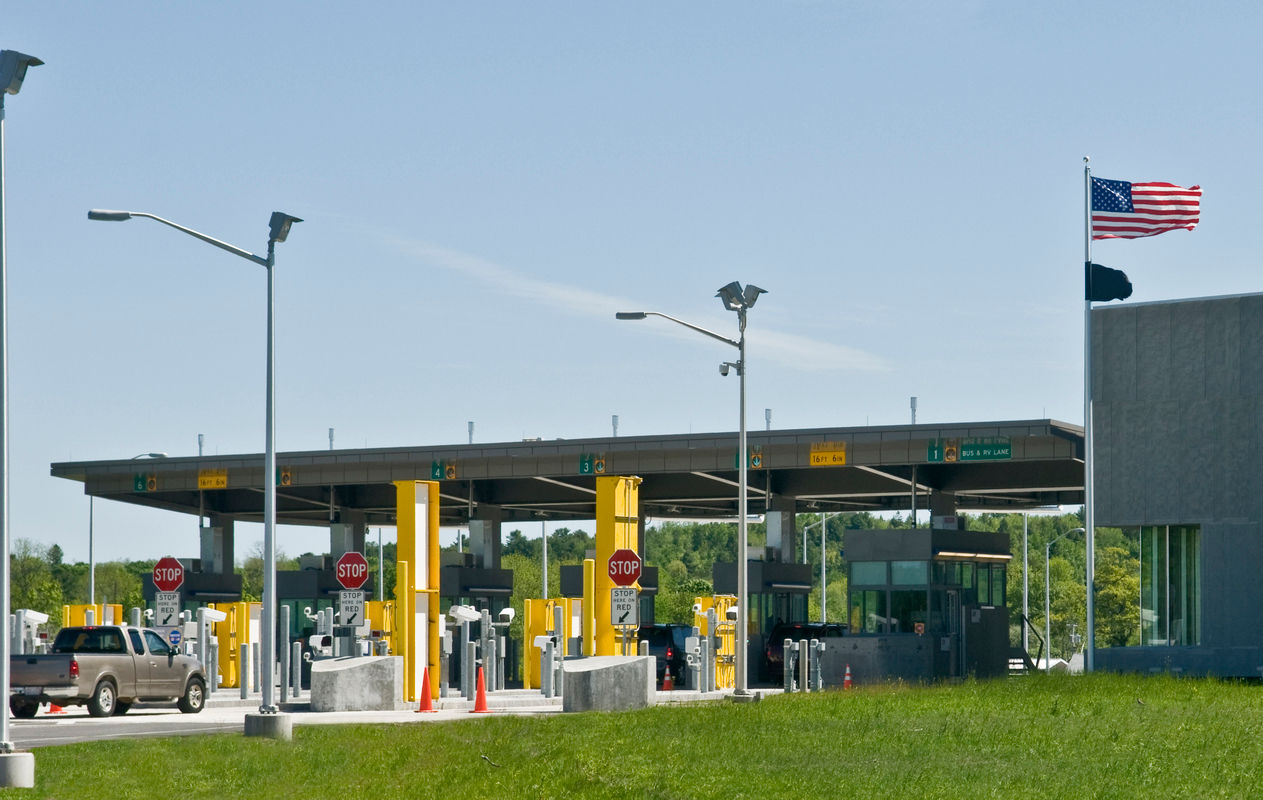
March 18, 2016
The iPhone Case: How Companies Deliver When They’re Not Certain of Specs
Tags:
The iPhone Case: How Companies Deliver When They’re Not Certain of Specs
March 18, 2016
by Tim Fitzsimons
iPhone cases come in a variety of forms, from simple polycarbonate shells to more complex waterproof and shockproof designs.
Not everyone, though, wants to buy an official case from Apple. Third-party manufacturers are able to offer quality iPhone cases significantly cheaper than what Apple charges, and they want to make the cases available as soon as a new iPhone is released. Unfortunately for them, Apple is secretive about new iPhone designs until it makes an official announcement to the public. How do you have your product on the shelves, or available to order, on the day of the announcement when you’re not totally certain of the specs?
An Apple announcement is upcoming on March 21st. The company is widely expected to reveal a new type of iPhone, and as usual, it hasn’t made an official announcement of its size. That leaves third-party manufacturers scrambling to design, produce, and deliver form-fitting cases as soon as possible. Companies go to extraordinary lengths to have one of the only cases in the market at launch because it’s such a lucrative opportunity. To do so they rely on a mix of corporate intelligence, logistics bets, and luck.
Uncertainty About Specs
Apple goes to great lengths to ensure that its new devices are cloaked in secrecy until they’re dramatically revealed to the public. Steve Jobs used to make the announcement himself.
Why so coy? It turns out there’s a good corporate reason. Rene Ritchie, editor-in-chief of iMore, says no matter how infuriating Apple’s secrecy is to case manufacturers, it serves Apple by allowing it to “under promise and over deliver.” Unlike other tech giants, Apple rarely gets caught flat-footed by missing a product launch date because they hit the same date every year, which makes their expectations abundantly clear.
It’s no different for the next iPhone. On March 21st, Apple watchers believe that the company will announce the “iPhone SE,” which is rumored to have the hardware of the iPhone 6 with a four-inch screen that matches the size of the iPhone 5. Not much else is known for sure. Unlike the iPhone 6, whose leaked design was consistent in the weeks leading up to launch, there’s no widely-agreed upon schematics for the new phone’s form factor.
But that doesn’t mean that Apple’s secrets don’t get spilled. Contract manufacturers like Foxconn employ hundreds of thousands of workers on iPhone assembly lines. There’s no way to prevent rumors from slowly leaking out up to the product launch.
If you want to be sure before you commit to production, then you should consider sending someone to China.
Going Directly to the Source
The first place to start is Shenzhen, the city in southern China across from Hong Kong. It’s one of the centers of mobile phone production, for many companies, not just the iPhone. There, roughly 3,000 factories churn out phones, phone knockoffs, and accessories. Case makers can never really tell the difference between a pilfered iPhone prototype and a very convincing fake, but they try to all the same.
A March 14 video from Shenzhen might be the sort of leak they’re looking for. In the video, a woman walks into a massive electronics market and is handed what she says may be the next iPhone. It looks like a shrunken iPhone 6, with similar rounded edges and an anodized aluminum casing — an entirely new form factor. But is it the real thing? Other case manufacturers, such as Spigen, have already pushed out case designs that show a new device with the exact same boxy external housing as the iPhone 5.
Bob O’Donnell, president of TECHnalysis, was in Shenzhen several years ago, just before the announcement of the iPhone 6, and found himself face to face with a device the salesman promised was the yet-unseen form factor.
Three weeks later, when the iPhone 6 was unveiled in California, O’Donnell was surprised: “it was exactly the shape” of the phone he saw weeks earlier. Recalling the Shenzhen phone, O’Donnell said, “whether it was an iPhone off the production line or just a good fake, I didn’t know at the time.” But the experience showed O’Donnell what a crucial role these markets play in the logistical scramble faced by third party case makers: they serve as an end run around Apple’s secrecy, because after all, in Shenzhen “you could buy it in a store weeks before it was actually available in the US.”

The Risks
Relying on a Chinese-leaked model doesn’t always work out. Mark Gurman, senior editor of 9to5Mac.com, recalled the infamous teardrop-shaped iPhone 4S that never came to be. Many people expected the iPhone’s home button to change, only to be burned when it didn’t. “In fall 2011, many case manufacturers were building for a ‘teardrop’ iPhone 5 design when Apple was only planning an iPhone 4S based on the design of the model from the prior year,” he explained.
The rumor, widely reported online, led case maker Hard Candy to produce 50,000 custom-molded cases that fit no phones at all. According to AppleInsider, this gamble seemed to be informed by a bit of beginner’s luck: Hard Candy had previously gone to production based on leaked iPod touch schematics and beat other casemakers to market. In a 2011 profile, Bloomberg predicted that the company’s revenues would surpass $50 million by 2013. A few years after it produced 50,000 useless iPhone 4S cases, Hard Candy is out of business.
This cautionary tale seems to have had a chilling effect on the industry, so using leaked designs for large manufacturer orders is now understood to be a risky bet. Multiple case manufacturers declined to be interviewed for this story due to the sensitivities of talking about using leaked information to design products, and Apple did not return a request for comment on the need to keep iPhone form factors a secret.
There are risks beyond manufacturing; companies also have to make a bet with freight spending. iPhone cases are flown instead of shipped by sea, because a case would be out of fashion relatively soon, and also because the value per kilogram is high. To get reserved allocation on air freight, companies have to commit money even if they don’t ship anything at all. Even in ordinary times Apple represents as much as 2% of transpacific air freight; because supply of air freight can’t be scaled very easily, prices always soar around the time of iPhone launches.
It costs around $3 to ship a kilogram of goods from Shenzhen to San Francisco via air freight. An iPhone in its case weighs around 500 grams, which means that Apple pays around $1.50 to ship each iPhone. Apple’s actual costs will be lower because it buys in bulk, which makes things still harder for case manufacturers. Apple not only pushes up the price, but also gets shipment priority over smaller companies. From a supply chain perspective, it’s especially risky to make the wrong bet on design.
The Rewards
In spite of the risks, case manufacturers have a strong incentive to find out details about redesigned iPhones because of the size and nature of the iPhone case market. The market for accessories is growing: Following the release of the iPhone 6, accessory sales shot up by 43%, which is even greater than the 17% jump in sales after the release of the iPhone 5.
Being available in the first few days after a launch is valuable. According to Stephen Baker at NPD group, Americans spent $1.9 billion on 64 million iPhone cases in 2015 alone, and profit margins are high on simple plastic cases. Baker said “in the first couple of weeks after an Apple product launch, there’s typically a big jump in sales.” That was true with the release of the iPhone 6, which had a thinner design than ever before that some claimed was prone to bending. In the two weeks after the launch of the 6, consumers spent nearly $250 million on accessories — 43% more than in the two weeks before launch. That’s because “if it’s a new design, no one will have any type of protection existing that they can just put on their phone,” Baker explained.
Baker says most companies take a variety of steps short of pre-ordering based entirely on a rumor. Production dies may be cast in advance to more quickly stamp materials like leather and plastic into the proper size for machining, and air freight space is pre-reserved for quick turnaround once the final design is sent to factories for production. And for manufacturers placing orders after Apple’s March 21 reveal, a speedy logistical turnaround is crucial for generating sales with Apple’s loyal early adopters.
And while a brand could be fatally wounded by selling iPhone cases that don’t fit, the price of a first order of phone cases would likely cost a manufacturer only $50,000 to $100,000, according to Mark Gurman. “That’s a small bet for the kind of money that would come a case maker’s way for being one of the only ones with cases for a new iPhone available on the first day.”
Tim Fitzsimons is a Washington-based reporter who covers business, technology, and the Middle East. Follow him @tfitzsimons.
Related:
The iPhone’s Impact on Air Freight Prices
About the Author
March 18, 2016




